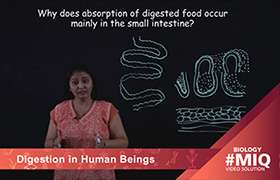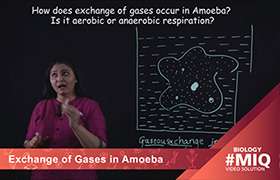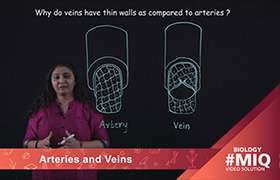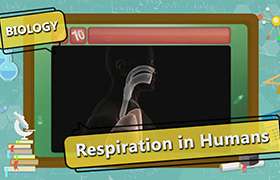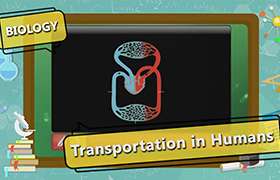CBSE Class 10 Answered
Pacemaker is a small mass of specialized cells in the right atrium of the heart which initiates the electrical impulses that produce contractions of the heart. In the healthy heart, the cells of the sino-atrial (SA) node constitute the natural pacemaker, since they generate regular electrical signals which spread through the heart and cause it to beat. Thus they maintain the rhythmic heart beat.
Sometimes, the natural pacemaker can malfunction, leading to abnormal heartbeats. In such cases, an artificial pacemaker is implanted in to the patient's chest. An implanted pacemaker is an electrical device which can control the beating of the heart by creating one or more rhythmic electrical impulses. Electronic pacemakers are designed to supplement the heart's own natural controls and to regulate the beating heart when these break down.
The lymphatic system is the other transport system of human body. It is a complex network of lymphoid organs, lymph nodes, lymph ducts, lymph capillaries and lymph vessels that produce and transport lymph fluid from tissues to the circulatory system. Plasma, proteins and blood cells escape from blood into the intercellular spaces in the tissues to form lymph. Lymphoid tissue is found in many organs, particularly the lymph nodes, and in the lymphoid follicles associated with the digestive system such as the tonsils.
Lymph is a circulatory fuid like blood. It runs in the lymph capillaries. It is colourless and contains most of the ingredients similar to blood. It does not contain RBC. Lymph mainly contains WBCs and plays an important role in fighting infections. It also contains most of the protiens present in blood. Lymph carries digested and absorbed fat from intestine and drains excess fluid from extracellular space back into blood. Lymph finally joins into the blood capillaries.
Lymph circulation occurs in the following manner :
Blood capillaries → Interstitial fluid → Lymph capillaries → Lymphatic veins → Lymph nodes → Lymph ducts → Brachiocephalic veins and vena cavae.
The lymphatic system has three interrelated functions. It is responsible for the removal of interstitial fluid from tissues. It absorbs and transports fatty acids and fats as chyle to the circulatory system. The last function of the lymphatic system is the transport of immune cells to and from the lymph nodes.

